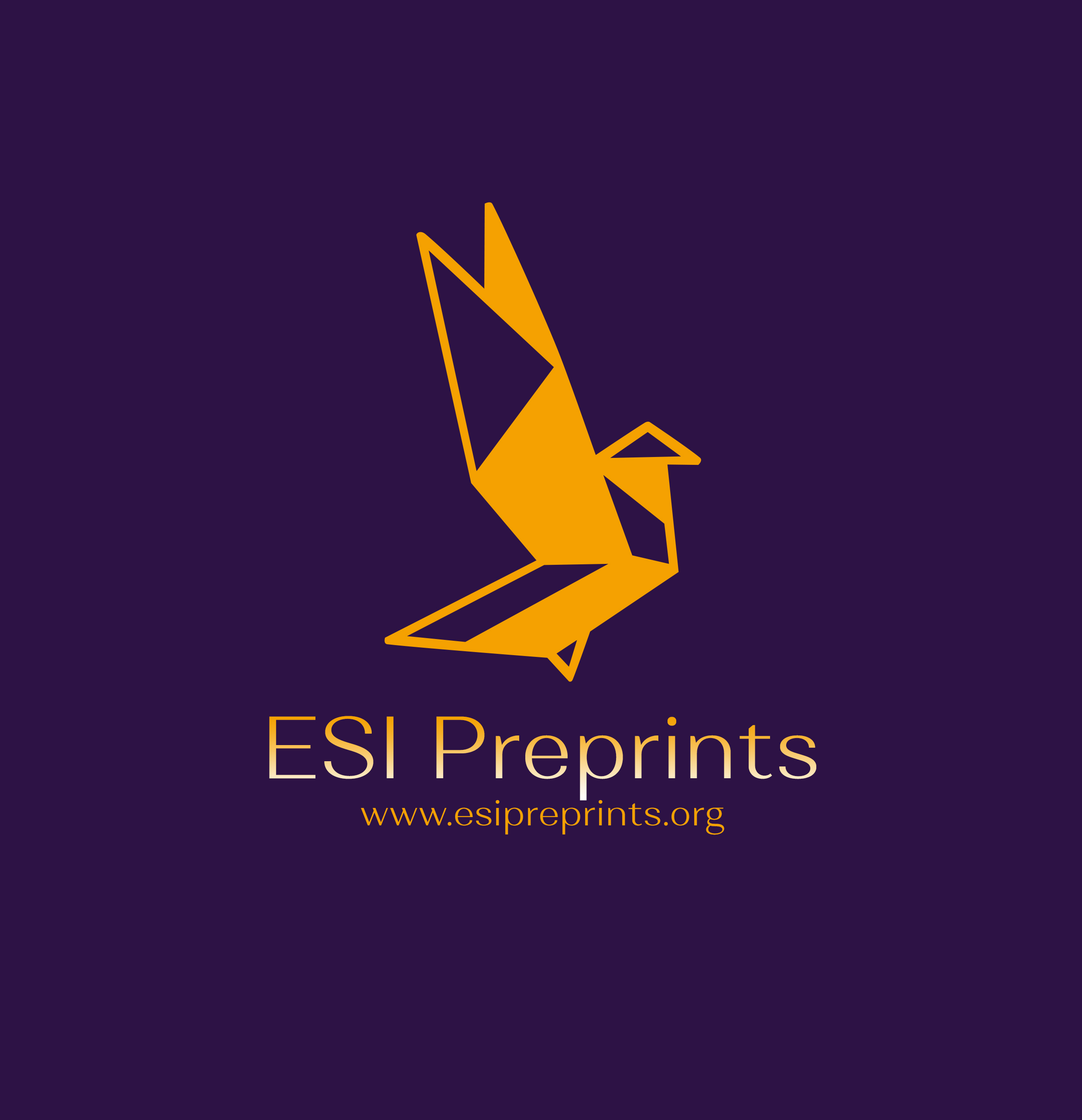Accounting and Ms Excel: Which Features for Accounting Students?
Abstract
Rapid development in information technology (IT) has brought about significant changes in every field. In the accounting field, computer technology has become a major aspect of effective and efficient accounting. Today’s professional accountants need to have IT knowledge and skills that are relevant to their roles so as to provide competent and professional services. For new graduates entering the accounting profession, the ability to use various software and tools has increasing become very vital. This study assesses features of Ms Excel (Excel) that are used by professional accountants and the features of Excel that accounting graduates entering profession should be able to use.
Downloads
Metrics
References
2. Anthony, P. (2021). Excel 2021: The All-in-One Beginner to Expert Illustrative Guide | Master the Essential Functions and Formulas in Less Than 10 Minutes per Day With Step-by-Step Tutorials and Practical Examples.
3. Badua, F. A., Sharifi, M., & Watkins, A. L. (2011). The Topics, They Are A-Changing: The State of the Accounting Information Systems Curriculum and the Case for a Second Course. In THE ACCOUNTING EDUCATORS’ JOURNAL: Vol. XXI.
4. Behn, B. K., Ezzell, W. F., Murphy, L. A., Rayburn, J. D., Stith, M. T., & Strawser, J. R. (2012). The Pathways Commission on Accounting Higher Education: Charting a National Strategy for the Next Generation of Accountants. Issues in Accounting Education, 27(3), 595–600. https://doi.org/10.2308/iace-10300
5. Boulianne, E. (2016). How should information technology be covered in the accounting program? Canadian Journal of Administrative Sciences / Revue Canadienne Des Sciences de l’Administration, 33(4), 304–317. https://doi.org/10.1002/cjas.1405
6. Boulianne, E. (2012). Impact of Software Utilization on Students’ Knowledge Acquisition: A Significant Change in Accounting Education. SSRN Electronic Journal. https://doi.org/10.2139/ssrn.1981357
7. Boritz, J., & Stoner, G. N. (2014). Technology in accounting education (1st ed.). Routledge.
8. Bradbard, D. A., Alvis, C., & Morris, R. (2014). Spreadsheet usage by management accountants: An exploratory study. Journal of Accounting Education, 32(4), 24–30.
9. Brown, W. C., & Pike, B. (2010). Excel competency for the professional accountant: Advanced applications, controls, and audit add-ins. AIS Educator Journal, 5(1), 25–45.
10. Davis, J. R., & Leitch, R. A. (1988). Accounting information systems courses and curricula: New perspectives. Journal of Information Systems, 3(1), 153–166.
11. Jeff, L. (2017). Excel University Volume 3 - Featuring Excel 2016 for Windows: Microsoft Excel Training for CPAs and Accounting Professionals (4th ed., Vol. 3).
12. Jelen, B., & Alexander, M. (2010). Pivot Table Data Crunching: Microsoft Excel 2010. Pearson Education.
13. Lee, L., Kerler, W., & Ivancevich, D. (2018). Beyond Excel: Software Tools and the Accounting Curriculum. AIS Educator Journal, 13(1), 44–61. https://doi.org/10.3194/1935-8156-13.1.44
14. Moch, T. (2018). General Ledger Accounting using Microsoft Excel: (Source Code & Example) (Excel and Accounting).
15. Raja, R., & Nagasubramani, P. C. (2018). Recent Trend of Teaching Methods in Education" Organised by Sri Sai Bharath College of Education Dindigul-624710. India Journal of Applied and Advanced Research, 2018(3), 33–35. https://doi.org/10.21839/jaar.2018.v3S1.165
16. Ramachandran R., U., & Ragland, L. (2016). Excel in the accounting curriculum: Perceptions from accounting professors. Accounting Education, 25(2), 139–166.
17. Tam, T. (2013). What IT knowledge and skills do accounting graduates need? New Zealand Journal of Applied Business Research, 11(2), 23–42.
Copyright (c) 2022 Gitahi J.

This work is licensed under a Creative Commons Attribution-NonCommercial-NoDerivatives 4.0 International License.








